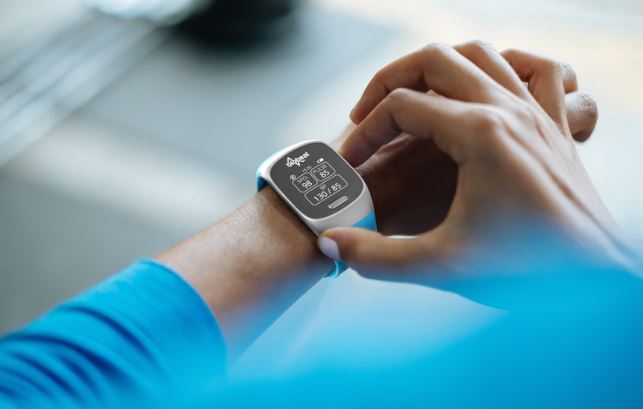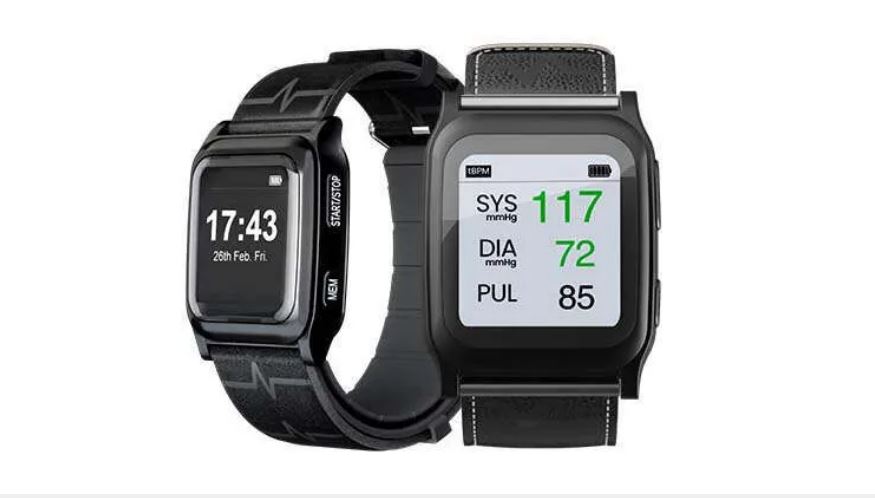
What is a Continuous Blood Pressure Monitor?
A continuous blood pressure monitor is a method of measuring blood pressure on a constant basis for a period of time, usually 24 hours, outside of a healthcare provider’s office.
Blood pressure is a fundamental parameter of human health. Continuous monitoring of blood pressure is crucial for understanding an individual’s cardiovascular health and detecting potential issues.
While traditional blood pressure cuffs are effective for periodic measurements, continuous blood pressure monitors offer a more comprehensive and convenient solution.
In this article, we will explore the concept of continuous blood pressure monitoring, its significance, how it works, and its potential impact on healthcare.
The Significance of Blood Pressure Monitoring
Blood pressure, a measure of the force of blood against the walls of arteries, is essential for the proper functioning of the cardiovascular system.
Monitoring blood pressure helps in the early detection of hypertension (high blood pressure) and hypotension (low blood pressure), which are significant risk factors for heart disease, stroke, and other cardiovascular disorders.
Periodic monitoring of blood pressure is a common practice in healthcare, particularly for patients with hypertension or those at risk of developing it.
Also read: What Is A Brain Tumor Symptoms, Causes And Treatments?
However, these intermittent measurements may not capture the full picture of a person’s blood pressure patterns, especially for those with highly variable blood pressure or who experience fluctuations due to various factors, such as stress, physical activity, or medication.
Continuous Blood Pressure Monitoring
Continuous blood pressure monitor systems represent a breakthrough in cardiovascular health monitoring. They provide a more comprehensive understanding of an individual’s blood pressure dynamics throughout the day and night.
Several devices are available for continuous blood pressure monitoring, including cuff-based devices that compress the artery with an inflatable cuff and measure the actual pulsations within the artery using a single sensor array and cuff-less devices that use optical sensors to estimate blood pressure.

Advantages of continuous blood pressure monitor
1. Real-time Data: Unlike traditional measurements taken periodically, continuous blood pressure monitors offer real-time data, which can help detect sudden spikes or drops in blood pressure. This is particularly valuable for those with acute cardiovascular issues or those undergoing treatment.
2. Uninterrupted Insights: Continuous monitoring provides a continuous stream of information, allowing healthcare professionals to better assess an individual’s response to medication, lifestyle changes, and other interventions.
Also read: 13 Cancer Symptoms and Natural Remedies That Actually Work
3. Holistic Evaluation: Continuous monitoring accounts for fluctuations in blood pressure caused by daily activities, sleep patterns, and emotional stress. This holistic approach ensures a more accurate assessment of cardiovascular health.
4. Long-term Trends: Over time, continuous blood pressure monitoring creates a comprehensive record of an individual’s blood pressure trends. This data can help predict long-term cardiovascular risks and develop personalized treatment plans.
How does a Continuous Blood Pressure Monitor Work?
Continuous blood pressure monitors employ various technologies to measure and record blood pressure data continuously. The most common methods include:
1. Oscillometry: This technique uses an inflatable cuff wrapped around the upper arm or wrist, which periodically inflates to measure blood pressure. Continuous oscillometry monitors offer real-time readings without the need to remove and reapply the cuff.
2. Pulse Wave Analysis: This method involves the analysis of the pulse wave generated by the heartbeat. By measuring the speed and shape of the pulse wave, it is possible to estimate blood pressure continuously.
3. Arterial Tonometry: Continuous blood pressure monitors can use sensors on the skin to measure arterial pulsations, which are then converted into blood pressure readings.
4. Photoplethysmography (PPG): PPG sensors measure changes in blood volume by shining light on the skin. These variations correlate with blood pressure, and the data can be used to provide continuous monitoring.
Clinical and Home Use
Continuous blood pressure monitors were initially used primarily in clinical settings, particularly for patients with severe hypertension or critical cardiovascular conditions.
However, advancements in technology have led to the development of wearable and user-friendly devices for home use.
These devices enable individuals to monitor their blood pressure continuously in their daily lives, providing valuable information for both patients and healthcare providers.
Challenges and Considerations
While continuous blood pressure monitoring is a promising development in healthcare, it is not without challenges. Some considerations include:
1. Accuracy: The accuracy of continuous monitors may vary, and calibration is essential to ensure reliable data.
2. Comfort: Wearable devices must be comfortable for individuals to wear continuously, which can be a challenge for some users.
3. Cost: High-quality continuous blood pressure monitors can be relatively expensive, limiting access for some individuals.
4. Data Management: Handling and interpreting continuous blood pressure data can be complex, requiring advanced analytics and expertise.
Conclusion
Continuous blood pressure monitoring represents a significant advancement in cardiovascular health assessment. These devices offer real-time, uninterrupted data, which can help detect and manage cardiovascular conditions more effectively.
While challenges like accuracy and cost remain, continuous blood pressure monitors hold great promise for improving the diagnosis and management of hypertension, ultimately leading to better heart health outcomes for individuals.
As technology continues to evolve, it is likely that these monitors will become more affordable, user-friendly, and widely accessible, further enhancing their role in the prevention and management of cardiovascular diseases.
With their potential to provide personalized and real-time insights into blood pressure, continuous blood pressure monitors are poised to revolutionize cardiovascular health monitoring in the years to come.
Continue reading: Aktiia Bracelet Blood Pressure Monitor